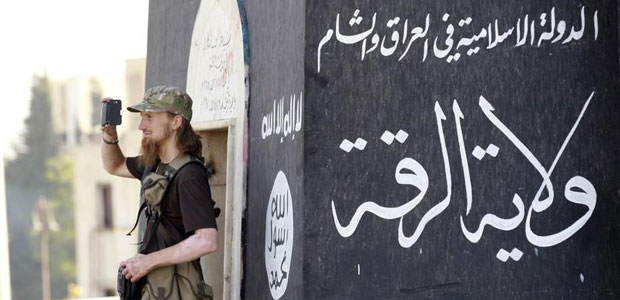
Broadcasting murder: Militants use media for deadly purpose
News of the August 19, 2014, murder of journalist James Foley broke not in the media but instead on Twitter. News organizations faced the agonizing questions of how to report on the killing and what portions of the video to show. If a group or individual commits an act of violence, and then films it,…
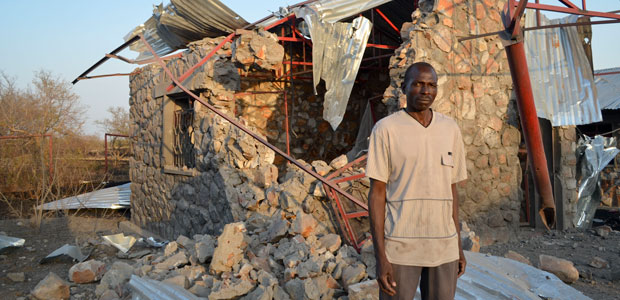
Journalists overcome obstacles through crowdfunding and determination
During South Africa’s Boer War, at the turn of the 20th century, a determined news organization relocated reporters, copy editors, and printing presses to the front line to ensure accurate reporting. In the Warsaw Ghetto, during World War II, a literal underground press, established to counter Nazi propaganda, required the nightly movement of cumbersome printing…
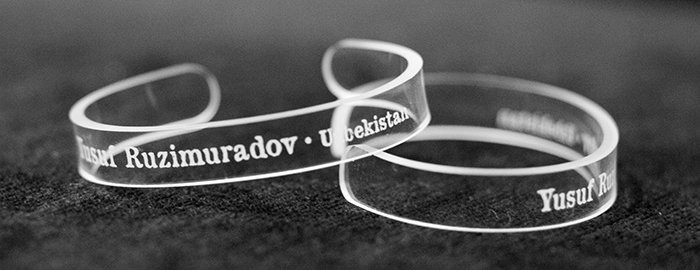
News from the Committee to Protect Journalists, March 2015
Press Uncuffed: Free the Press On March 26, CPJ partnered with students at the University of Maryland’s Philip Merrill College of Journalism and Knight chair and Pulitzer Prize-winning Washington Post reporter Dana Priest to launch the Press Uncuffed: Free the Press campaign at the Newseum in Washington. The campaign aimed to raise awareness about nine…
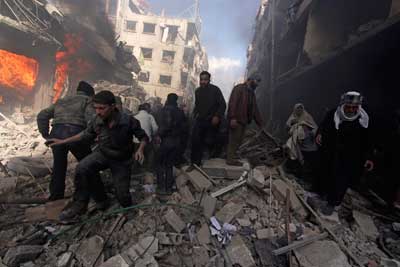
Syria anniversary shows need for more news outlets to step up
It started as a street protest against President Bashar al-Assad. Ordinary citizens took out their smart phones to record the demonstrations that quickly spread. Four years and 220,000 dead later, the Syrian civil war is still raging, although the numbers of ‘citizen’ and professional journalists on hand to document it is woefully small.
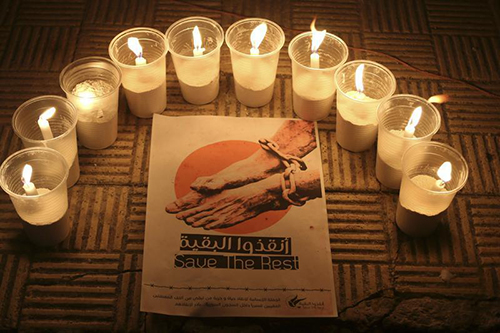
How many more? CPJ remembers journalists killed covering Syria
On March 15 the fourth anniversary of the start of the Syrian uprising will be marked. No one knew in the early days of unrest how events would escalate, let alone how the entire region and the journalists covering it would be so deeply impacted.
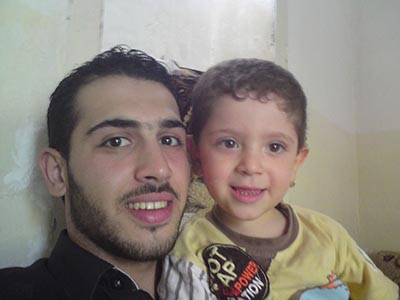
Supporting journalists at risk: Syrian reporter Rifaie Tammas
In its new series, “Supporting journalists at risk,” CPJ profiles journalists who have been in dire situations as a result of persecution for their work. CPJ’s Journalist Assistance program has helped these journalists, and hundreds of others, through a combination of financial and non-financial assistance. In this edition, CPJ recounts how 26-year-old Syrian Rifaie Tammas…


